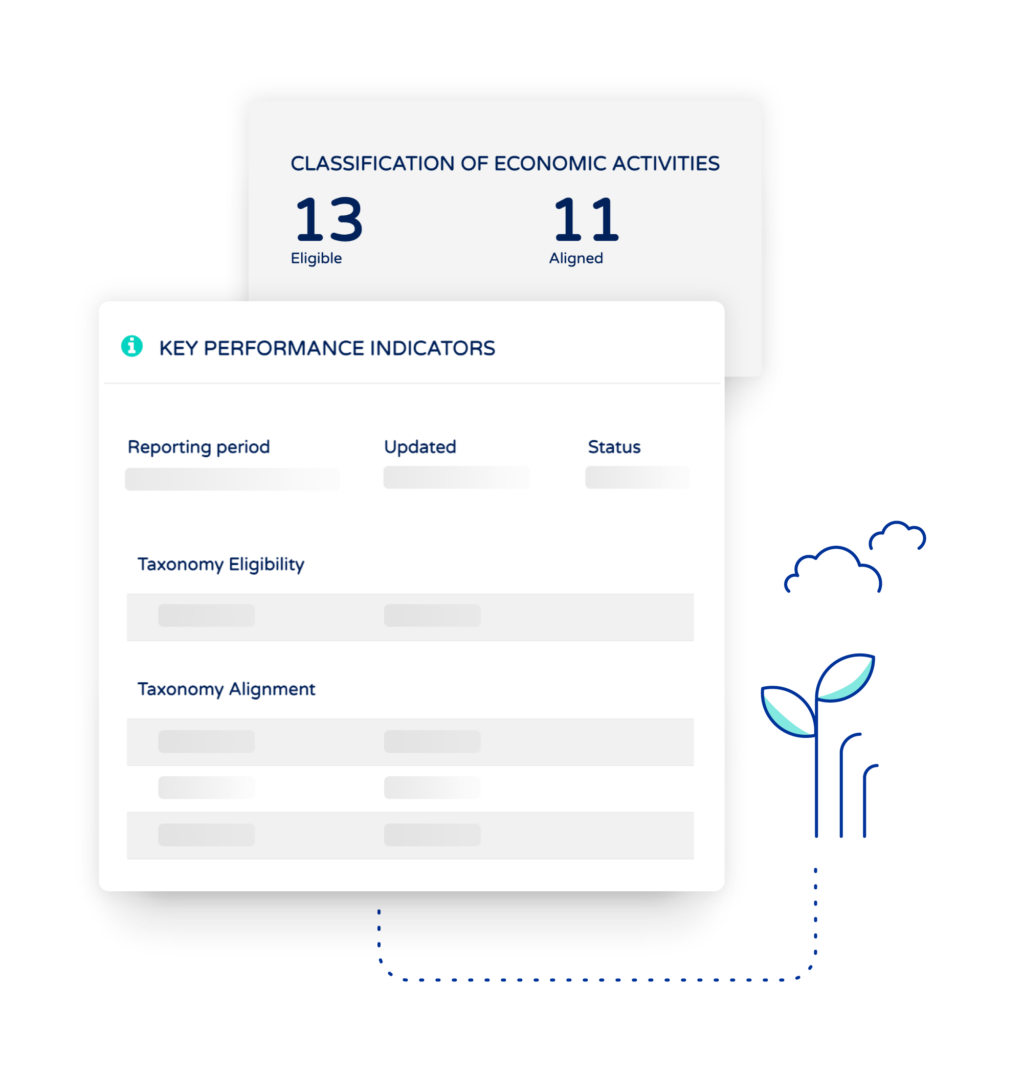
Navigating CSRD: A Guide for the Energy Sector in Europe
The CSRD drives sustainability efforts within the energy sector, aligning with the global momentum toward achieving sustainability objectives, thus the energy sector finds itself at the forefront of change. With the European Union leading the charge towards a greener future, companies operating in the energy sector must adapt to meet strict sustainability reporting requirements outlined in the Corporate Sustainability Reporting Directive (CSRD).
Understanding CSRD: What Energy Companies Need To Know
CSRD, introduced as part of the European Green Deal, aims to enhance transparency and accountability by expanding sustainability reporting obligations for companies across various industries, including the energy sector. It replaces the Non-Financial Reporting Directive (NFRD) and introduces new reporting standards and guidelines.
Key Requirements for Energy Companies
Energy companies operating in Europe must now report comprehensive information on their environmental, social, and governance (ESG) performance.
💡 This includes:
- disclosing data on carbon emissions,
- disclosing emission reduction targets,
- disclosing EU taxonomy information,
- energy efficiency measures,
- renewable energy deployment,
- and social impact initiatives.

To note, taxonomy disclosures need to be reported along the other environmental information. The energy sector often has high taxonomy-eligibility and -alignment and the presence of taxonomy-eligible activities affect the double materiality assessment and the foundation of the CSRD reporting.
CSRD mandates transparent reporting on sustainability risks and opportunities, aligning with the EU’s ambitious climate targets and transition to a carbon-neutral economy.
Challenges and Opportunities
While CSRD presents challenges for energy companies in terms of data collection, reporting accuracy, and compliance costs, it also offers significant opportunities. By embracing sustainability reporting, energy companies can enhance their reputation, build trust with stakeholders, attract investment, and drive innovation in clean energy solutions.
Navigating CSRD with Ease: Best Practices for Energy Companies
To navigate CSRD successfully, energy companies can implement the following best practices:
- Develop a Comprehensive Sustainability Strategy: Define clear sustainability goals aligned with CSRD requirements and integrate sustainability principles into core business operations.
- Invest in Data Management Systems: Implement robust data collection and management systems to track and report relevant metrics accurately.
- Engage Stakeholders: Foster transparent communication with stakeholders, including investors, customers, employees, and regulatory bodies, to build trust and accountability.
- Embrace Innovation: Explore opportunities for innovation in renewable energy technologies, energy efficiency solutions, and sustainable business practices to drive long-term growth and competitiveness.
- Collaborate with Industry Peers: Participate in industry forums, collaborate with peers, and share best practices to address common challenges and accelerate the transition to sustainable energy systems.
Conclusion
As the energy sector undergoes a transformation towards sustainability, compliance with CSRD is essential for companies to remain competitive and future-proof their operations. By embracing CSRD requirements and adopting a proactive approach to sustainability reporting, energy companies can position themselves as leaders in the transition to a low-carbon economy while driving positive social and environmental impact.
Digitalise CSRD with Ecobio Manager
A digital solution will help you to manage the requirements and help you process all the steps required for successful CSRD reporting. Ecobio Manager is the most comprehensive solution for CSRD reporting on the market and can help you to simplify reporting process.
🚀 Ecobio Manager provides a thorough work process for:
- conducting eligibility and alignment assessments of own activities;
- link activities to the relevant underlying legislation;
- allows users to assess compliance with the relevant legislation;
- conduct and document environmental risk assessments;
- the ready-classified activities can be merged with the relevant financial information;
- produce the KPI tables following the templates defined in the EU taxonomy.




